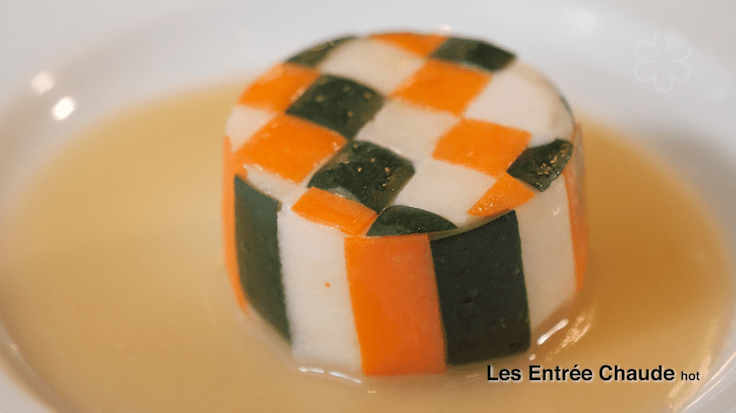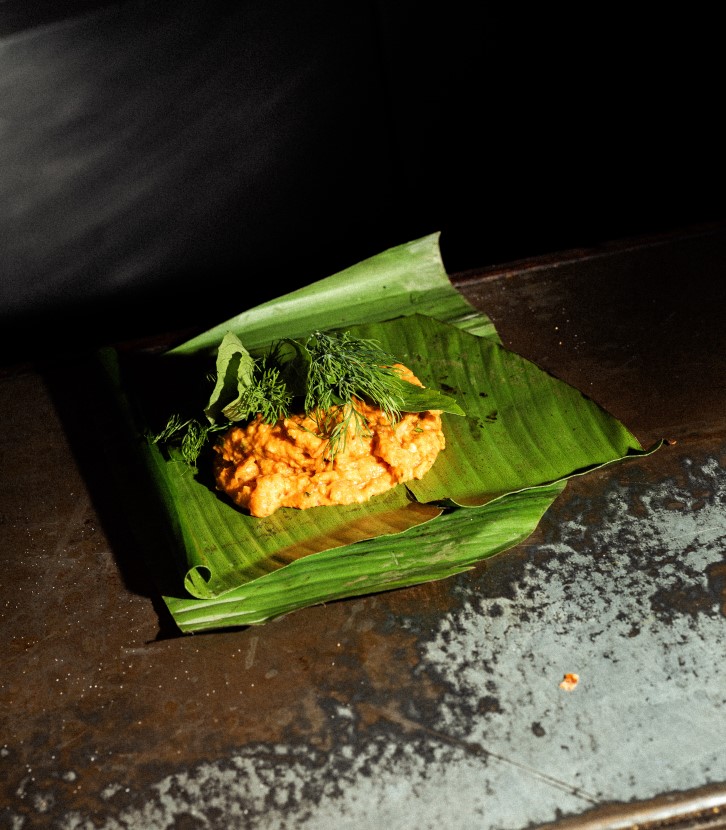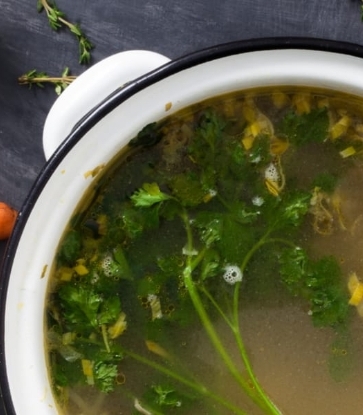Ever felt confused and lost during a French fine dining experience? Chef Sebastien Lepinoy of two-MICHELIN-starred Les Amis in Singapore says it’s perfectly normal to feel bewildered, especially with the numerous courses brought to your table.
In this episode of the MICHELIN Guide Tutorial series, we get Lepinoy to explain all the different courses of French haute cuisine.
1. Canapés (pronounced as can-er-pay)
French for “sofa”, this course is typically served as a small bite while you wait until the chef reads your order to all departments in the kitchen for your next course.

2. Amuse-bouche (pronounced as ah-moose-bush)
This directly translates to “playing with the mouth”, and is served as an appetiser before a meal and usually reflects what’s available in the season.

3. Les Entrées (pronounced as lay-zon-tray)
It used to be called les hors d’oeuvre (pronounced as lay-or-dove). These days, both terms mean the same thing — a small course, appetiser, an entry into a meal. Les entrées froide refers to the cold appetiser, and les entrées chaude refers to the hot appetiser.

4. Mignardise (pronounced as mean-ya-diz) & Petit Four (pronounced as per-tee-foor)
Mignardises and petit four are bite-sized desserts usually served at the end of the meal. Petit four translates to “small oven” in French. What differentiates mignardises from petit four, then, is that the latter is baked in the oven. Madeleines and canelés are both baked in the oven, so they would be considered petit four, whereas the Alphonso mango tart is a mignardise.

There you have it, all the fancy French courses demystified. If you have any questions about food that you’d like to know more about, be it French, Italian, Japanese, Chinese, write to us here and we’d be happy to answer them in our tutorial series. Bon appétit!



















